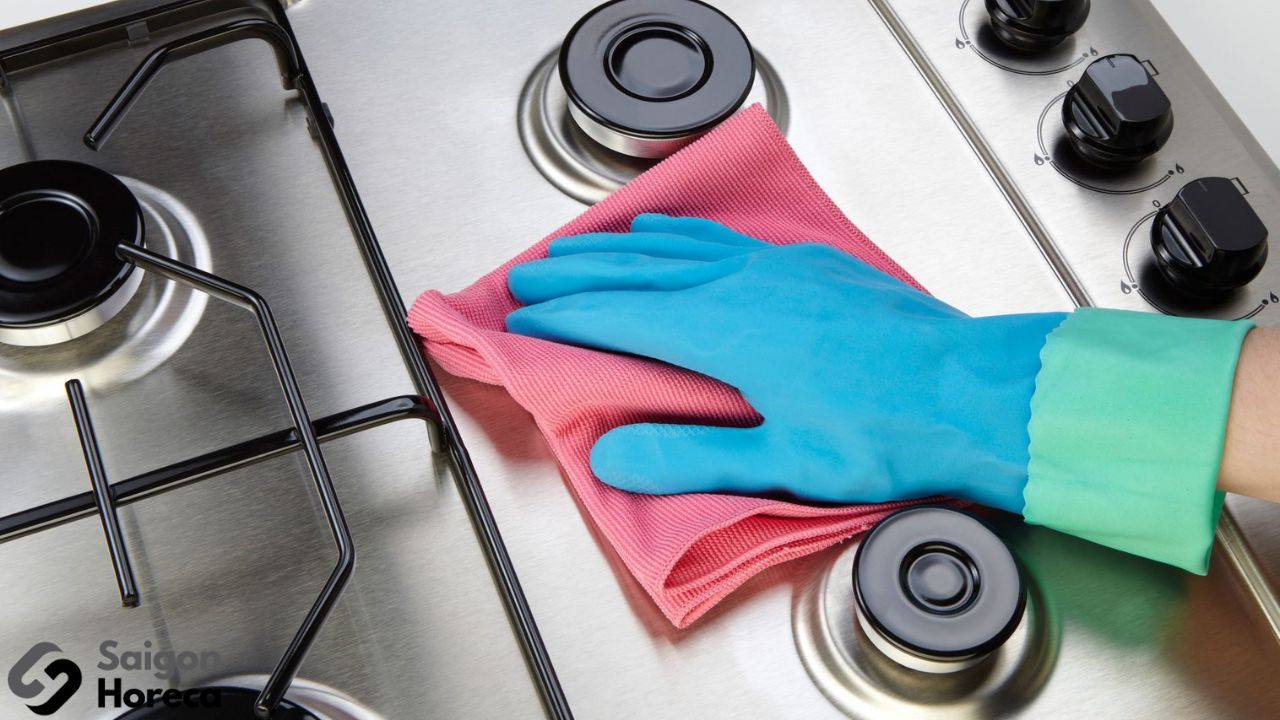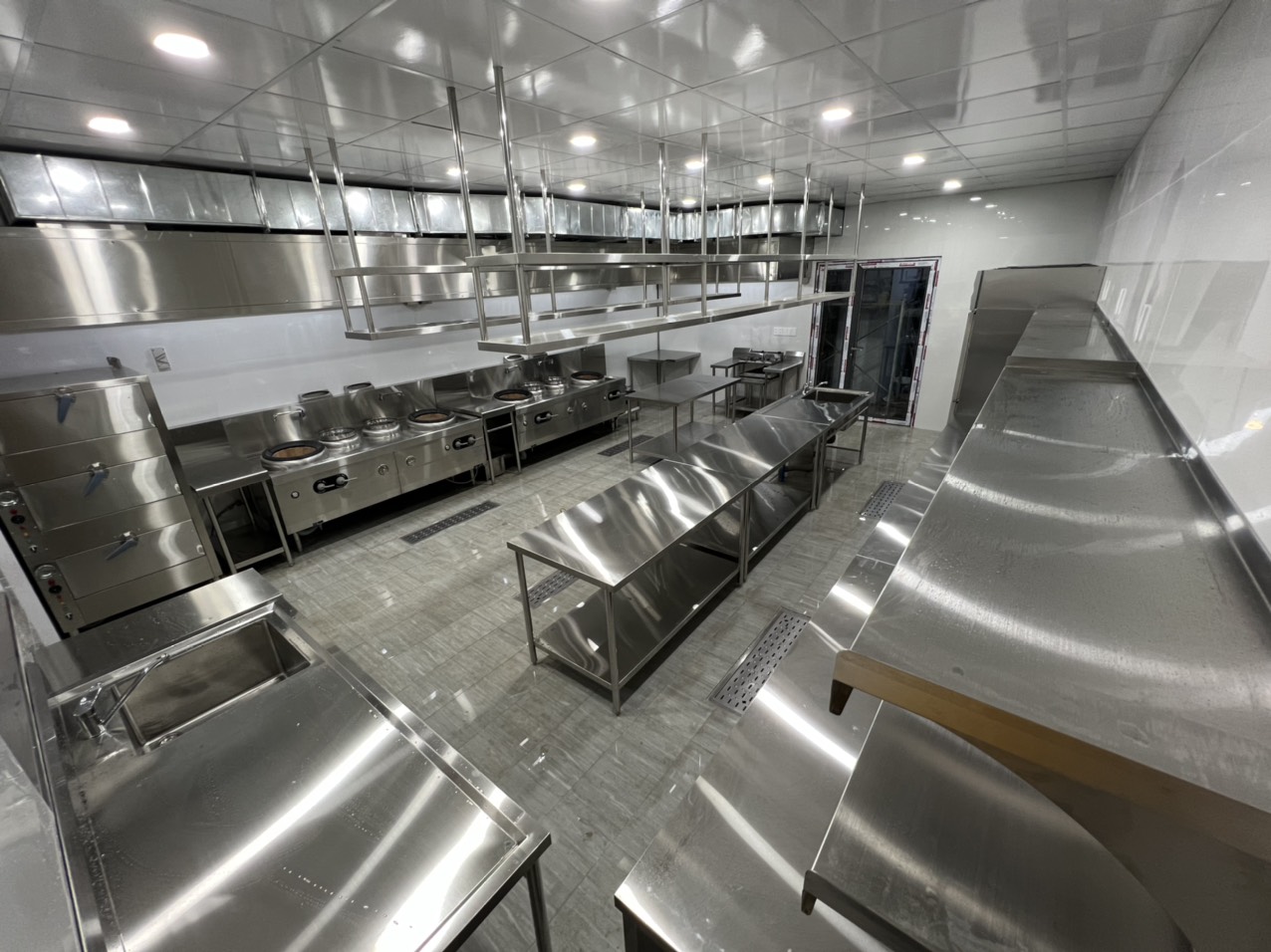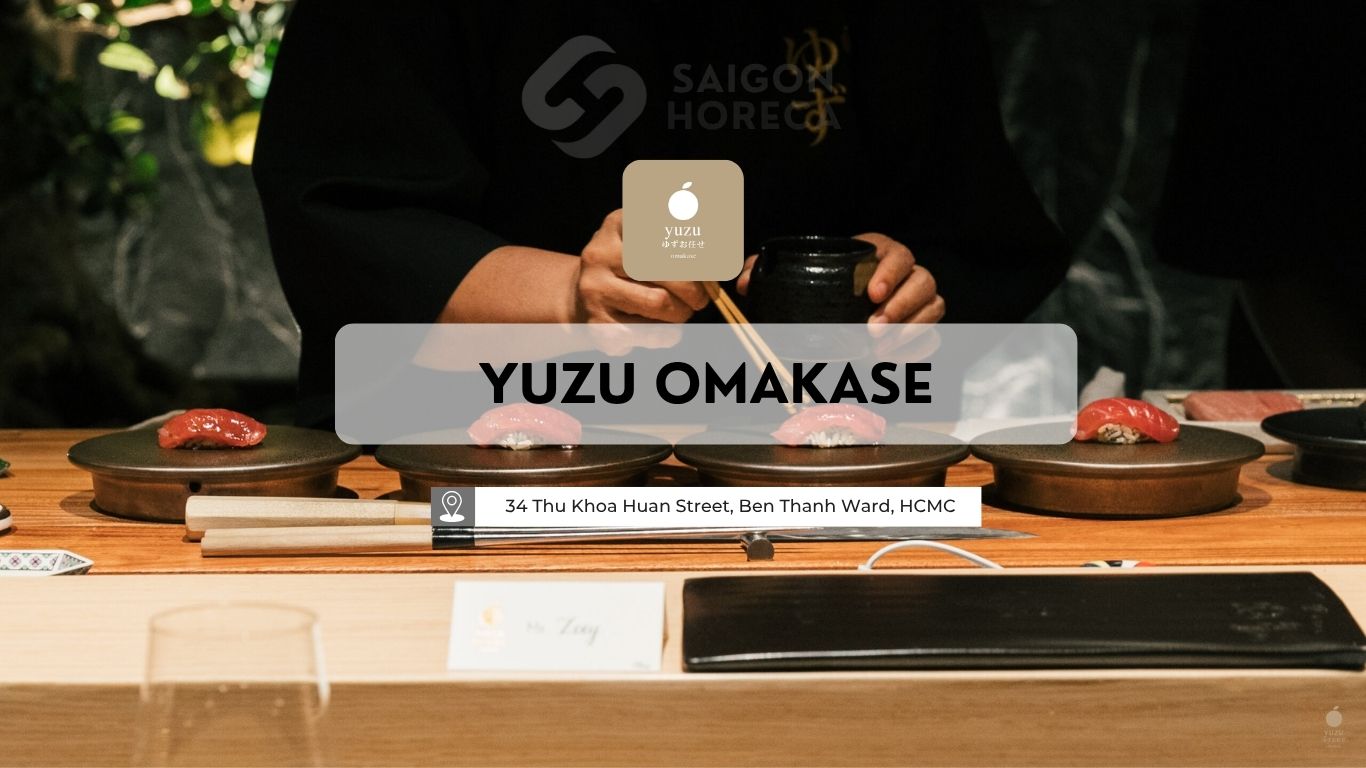In the context of the rapidly growing culinary and food service industry, investing in industrial kitchen equipment for a canteen […]
Read more



In an industrial kitchen environment, maintaining cleanliness is not only a mandatory requirement but also a key factor in ensuring the health of both staff and customers. A clean kitchen not only produces safe food but also enhances the operational efficiency of the entire food processing facility. A professional industrial kitchen cleaning process helps minimize the spread of bacteria and ensures food safety standards are met.
In this article, Saigon Horeca will guide you through the complete process of industrial kitchen cleaning, from assessing the kitchen’s condition, preparing tools and chemicals, to training staff and supervising the procedure. Investing in a proper cleaning process is not only an investment in health but also a step towards the sustainable growth of your business. Let’s explore the essential steps to creating a clean, safe, and efficient industrial kitchen!
Maintaining cleanliness in an industrial kitchen is a key factor in managing and operating food establishments, from restaurants to small eateries. A clear cleaning process not only ensures food safety but also protects the health of both customers and staff. Additionally, complying with sanitation regulations set by authorities is essential in the food industry. Here are the important reasons to establish and implement an industrial kitchen cleaning process:
A detailed and clear kitchen cleaning process helps control all aspects of food preparation and storage. This reduces the risk of bacterial contamination and food-related illnesses. When customers know they are consuming food prepared in a safe and clean environment, they will feel more confident, building trust in the quality of your service.
Regulations from authorities are not just recommendations but mandatory requirements. A clear industrial kitchen cleaning process helps food establishments fully comply with these regulations, avoiding legal risks and unnecessary penalties.
Implementing a proper cleaning process not only shows professionalism in management but also leaves a good impression on customers. A clean restaurant with a clear process will attract repeat customers and encourage referrals, contributing to the sustainable growth of the business.
The cleaning process not only protects customers’ health but also acts as a shield for kitchen staff. A clean and hygienic environment helps them avoid bacteria and food-related illnesses, boosting morale and job satisfaction.
A well-organized and clean kitchen creates a comfortable working environment, helping staff focus better on their tasks. A clear cleaning process saves time and improves productivity, ultimately enhancing the quality of service the restaurant provides.
In conclusion, establishing and implementing an industrial kitchen cleaning process is a necessary investment for the sustainable development of any food establishment. By doing so, you not only protect the health of customers and staff but also build a strong reputation and trust in the food industry.


To ensure food safety and maintain a clean kitchen environment, assessing the kitchen condition is an essential step. This process involves inspecting and identifying areas that need cleaning, as well as recognizing equipment, tools, and areas that are at high risk for bacteria.
First, cleaning staff should conduct a thorough inspection of the entire kitchen space, from preparation areas to food storage. Every corner of the kitchen needs careful examination, as dirt and bacteria can hide in places that are not easily visible. Keeping a record of contaminated areas or those showing signs of dirt buildup will help prioritize cleaning efforts.
Equipment and tools that frequently come into contact with raw food, such as knives, cutting boards, and preparation surfaces, are the highest risk areas for bacterial growth. Areas like sinks, food storage, and refrigerator compartments also require special attention. Noting equipment that is prone to contamination will help establish more effective cleaning measures, protecting the health of both staff and customers.
By conducting a comprehensive assessment, the kitchen can not only enhance hygiene quality but also build customer trust. Attention to detail will contribute to creating a safe, clean, and professional environment, promoting the sustainable growth of the food establishment.
The cleaning schedule for industrial kitchens depends on various factors such as size, scale, type of food prepared, number of customers, and frequency of use. Below are some guidelines for when to perform cleaning:
In addition to the fixed cleaning schedules mentioned above, industrial kitchens should also be cleaned immediately after incidents such as oil spills or food spills. This ensures food safety and protects the image and reputation of the food establishment. Establishing and following a specific cleaning schedule is crucial for maintaining cleanliness and safety in industrial kitchen environments.


The cleaning process for industrial kitchens consists of specific steps to ensure a clean and safe working environment. Below is a detailed procedure:
Strict adherence to the cleaning process not only protects the health of staff and customers but also builds a professional image for the food establishment. A clean kitchen environment is the foundation for sustainable success in the food industry.




























Monday - Friday
from 8h00 to 18h00
40 Street No. 6, Melosa Garden, Phu Huu District, HCMC
Contact anytime
In the context of the rapidly growing culinary and food service industry, investing in industrial kitchen equipment for a canteen […]
Read moreLooking to elevate your grilled dishes with a Salamander Grill? With its ability to grill quickly and evenly while giving […]
Read more